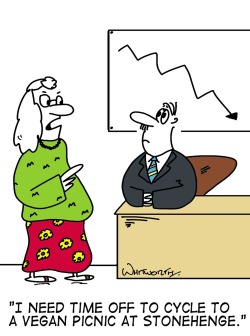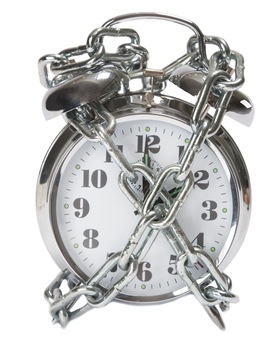Work design has to be relevant
/Some of the quiet time I have during the day is taken up with a look through the newspapers and, most importantly, the comic strips. Dilbert is my favourite. Another is Glasbergen. This is not a ‘time waster’, it is really another version of working ‘on the pause’. There is always an idea that I am tracking about how work is changing. The news articles help me, but not necessarily the people I work with. The jackpot is usually when I find a way to make a complicated idea about how work is changing more real for the people I write for, or for a presentation or workshop. I’ve found stories and cartoons have the highest success rate, since other people are more likely to ‘get’ the idea more quickly and have a chuckle and remember.

Take the message that work needs to be relevant to the people doing the work AND the people hiring them to work. It makes sense that any design for work should suit both employee and employer, or the set up is not going to last. Something will break sooner or later.
Now the word relevant floats a bit, but this cartoon lands the idea it represents particularly well. Or at least it’s one of the best ones I have found so far. The cartoon stands up for the idea that an employee has an obligation to their employer to be productive, even when other activities are more attractive. It shows that there is a balancing act and decisions need to be made in a way which leads to reasonable outcomes for both parties. This is an idea which is at the heart of the concept of work design, one which takes work design beyond its application in work health and safety and showing its value for delivering results for the whole business enterprise.



